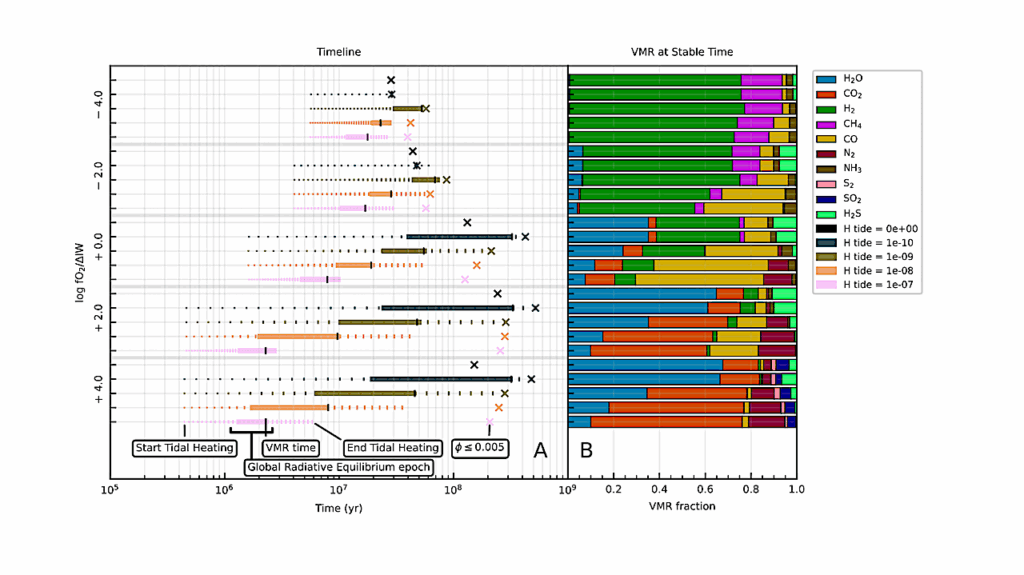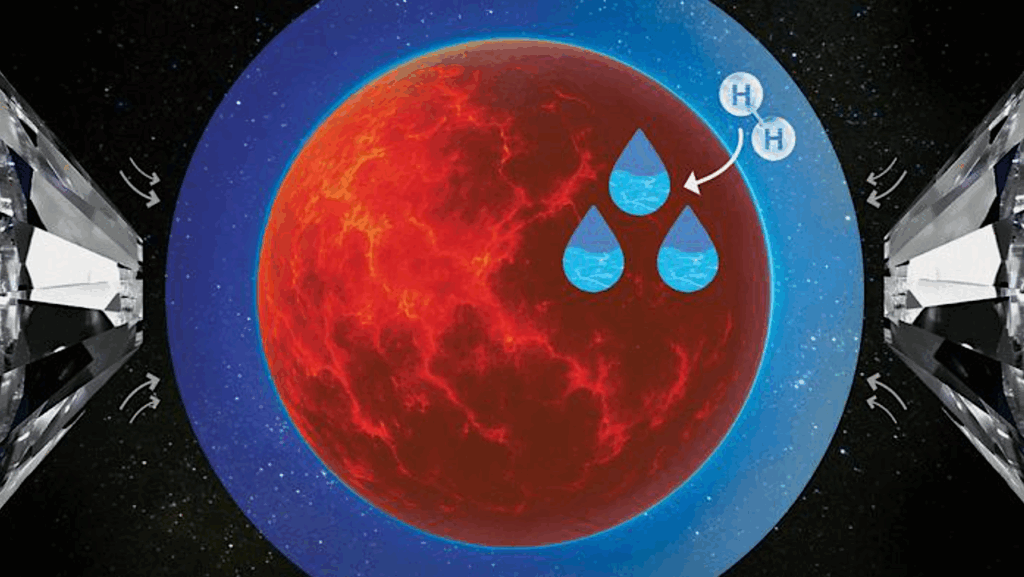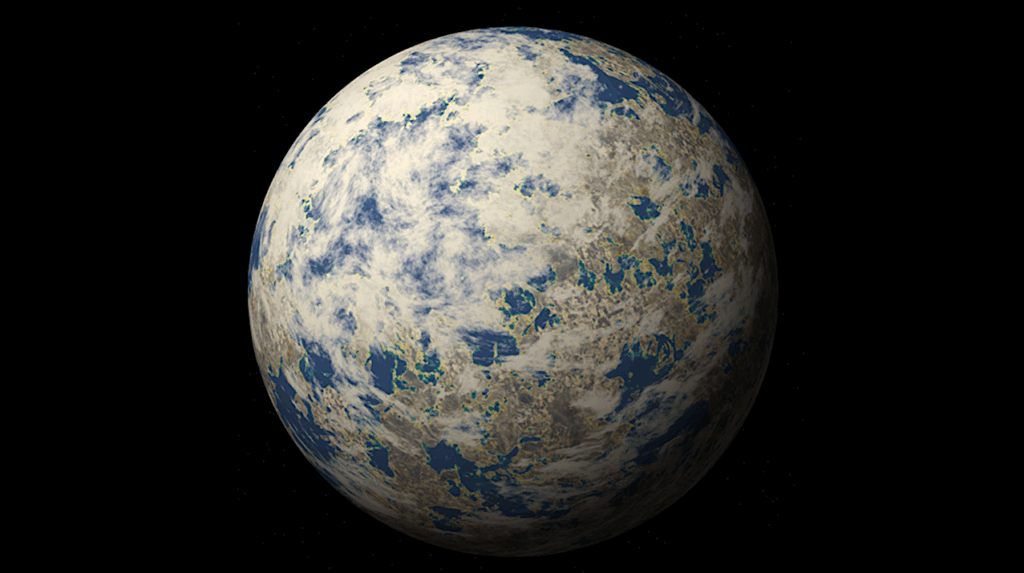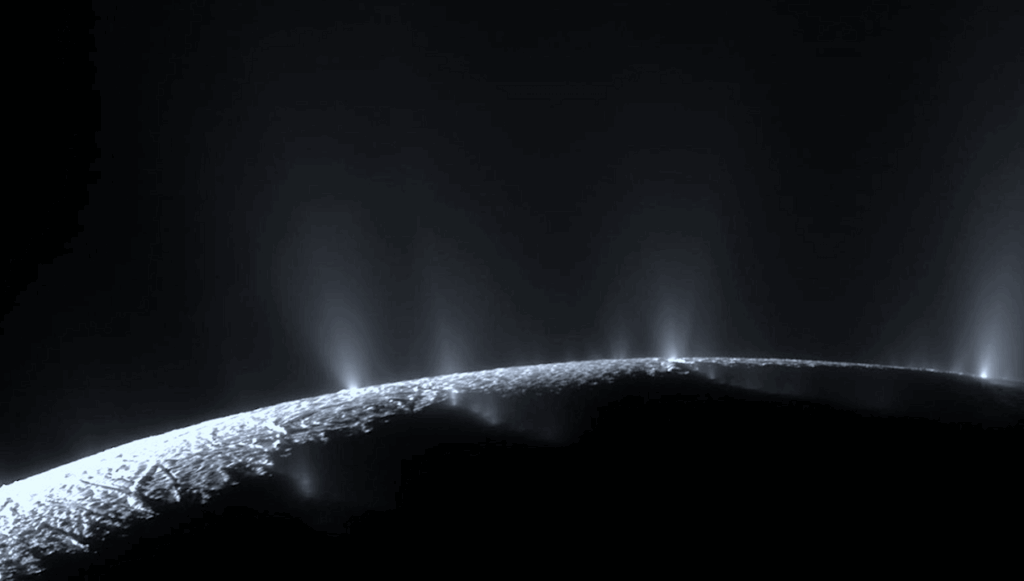Water Vapor in The Atmosphere Of The Habitable-zone Eight Earth-mass Planet K2-18 b

In the past decade, observations from space and ground have found H2O to be the most abundant molecular species, after hydrogen, in the atmospheres of hot, gaseous, extrasolar planets. Being the main molecular carrier of oxygen, H2O is a tracer of the origin and the evolution mechanisms of planets.
For temperate, terrestrial planets, the presence of H2O is of great significance as an indicator of habitable conditions. Being small and relatively cold, these planets and their atmospheres are the most challenging to observe, and therefore no atmospheric spectral signatures have so far been detected. Super-Earths — planets lighter than ten M⊕ — around later-type stars may provide our first opportunity to study spectroscopically the characteristics of such planets, as they are best suited for transit observations. Here we report the detection of an H2O spectroscopic signature in the atmosphere of \planet\ — an eight M⊕ planet in the habitable-zone of an M-dwarf — with high statistical confidence (ADI = 5.0, ∼3.6σ).
In addition, the derived mean molecular weight suggests an atmosphere still containing some hydrogen. The observations were recorded with the Hubble Space Telescope/WFC3 camera, and analysed with our dedicated, publicly available, algorithms. While the suitability of M-dwarfs to host habitable worlds is still under discussion, \planet\ offers an unprecedented opportunity to get insight into the composition and climate of habitable-zone planets.
Angelos Tsiaras, Ingo P. Waldmann, Giovanna Tinetti, Jonathan Tennyson, Sergey N. Yurchenko
(Submitted on 11 Sep 2019)
Comments: Published in Nature Astronomy
Subjects: Earth and Planetary Astrophysics (astro-ph.EP)
DOI: 10.1038/s41550-019-0878-9
Cite as: arXiv:1909.05218 [astro-ph.EP] (or arXiv:1909.05218v1 [astro-ph.EP] for this version)
Submission history
From: Angelos Tsiaras
[v1] Wed, 11 Sep 2019 17:17:51 UTC (7,756 KB)
https://arxiv.org/abs/1909.05218
Astrobiology








